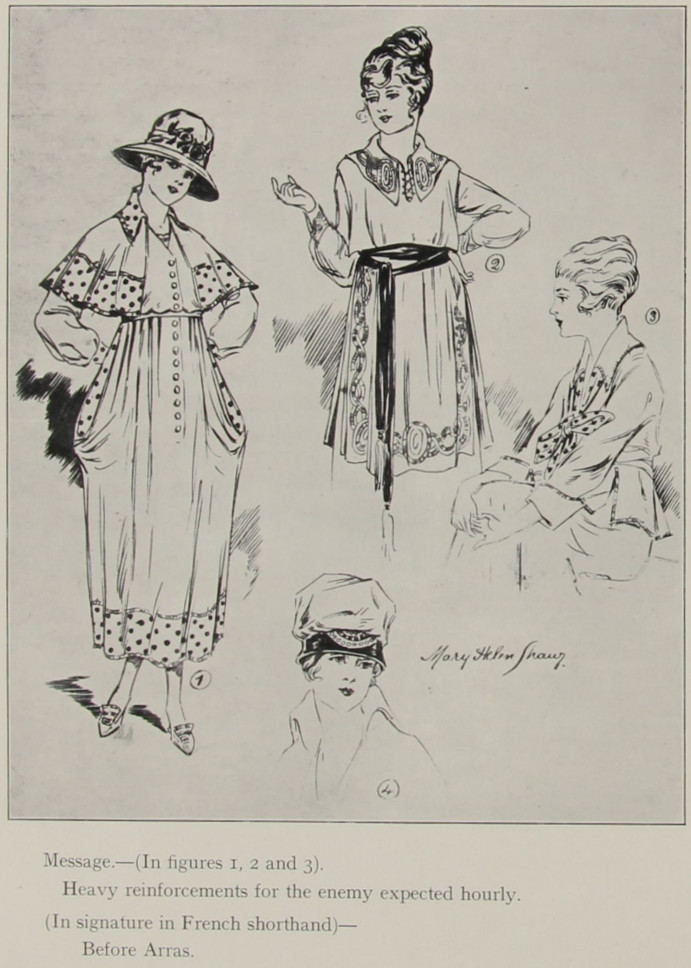Last August, researchers at Rome University produced tiny portraits of Albert Einstein and Charles Darwin by modifying E. coli cells to respond to light patterns. Bacteria that received more light would swim faster, so over time they tended to concentrate in the darker parts of a negative image.
Lead author Giacomo Frangipane said in a statement, “Much like pedestrians who slow down their walking speed when they encounter a crowd, or cars that are stuck in traffic, swimming bacteria will spend more time in slower regions than in faster ones.”
Using the same technique, they created a (tiny) version of the Mona Lisa.





